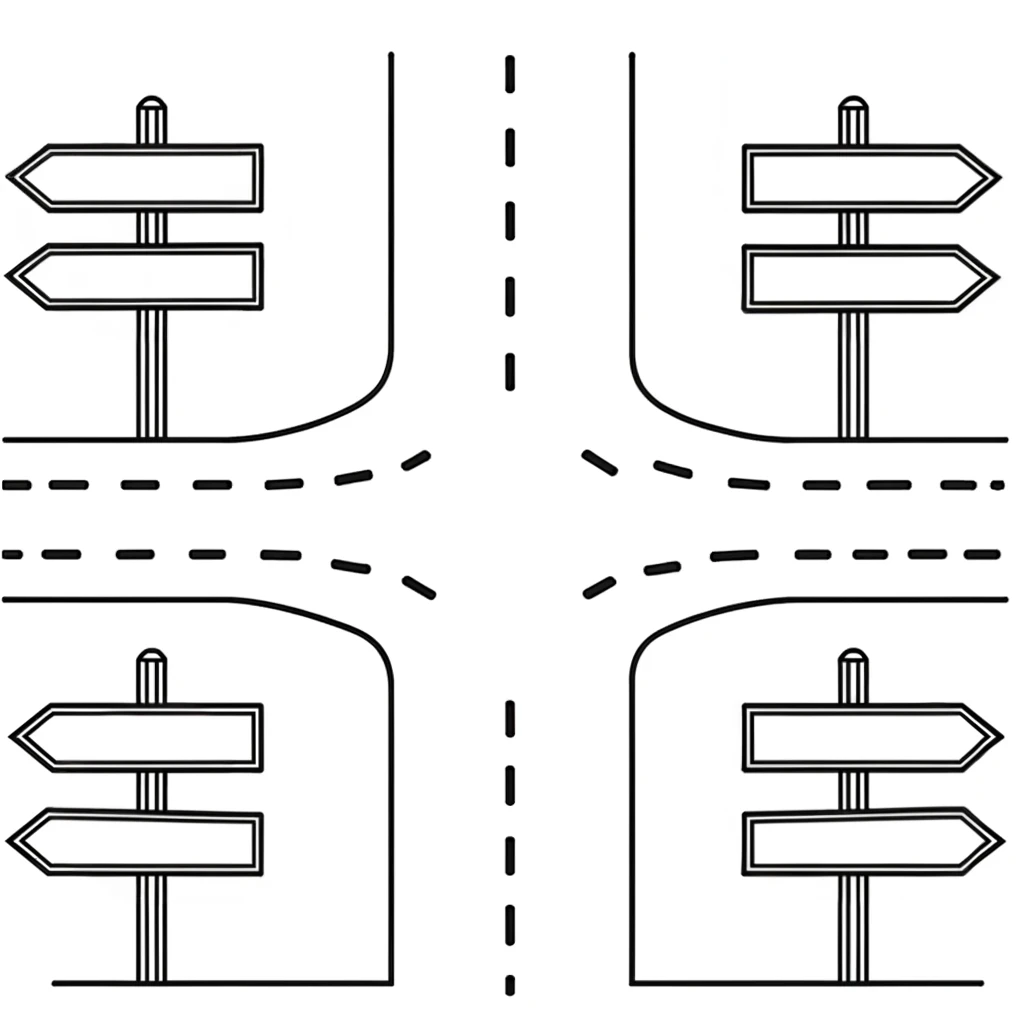
Insights in the Age of Information

Insights in the Age of Information
AI Governance Explained
Why Your Business Can’t Afford to Ignore It
AI will become an integral part of business operations across industries in the years to come. Yet, with great power comes great responsibility. While many may view AI integration as simply adding a chatbot to handle customer inquiries or automating routine tasks, the reality is much more complex and intricate, necessitating a comprehensive framework to guide, manage, and monitor AI activities within an organization.

What is AI Governance?
AI governance refers to the framework of principles, policies, and practices that organizations use to direct, oversee, and control their AI activities. It encompasses a wide range of activities, from strategic planning and risk management to compliance monitoring and ethical considerations. The goal is to ensure that AI technologies are used responsibly, ethically, and effectively, aligning with the organization’s goals and regulatory requirements.
To grasp the intricacies of AI governance, let’s consider the analogy of regulating traffic on a busy road. Imagine a bustling intersection:
- Inexperienced Traffic Controller: Placing a new college graduate at the intersection to direct traffic might seem straightforward, but it’s a recipe for chaos during peak hours or unexpected situations. Similarly, relying on basic AI tools without a robust governance framework can lead to inefficiencies and unforeseen issues.
- Roundabout Approach: Introducing a roundabout could streamline traffic flow, but without adherence to the “yield” signs, it could result in confusion and accidents. This mirrors the scenario where automated AI systems function well until they encounter non-compliant data or unexpected inputs, leading to potential failures.
- Automated Traffic Lights: Automated stoplights offer a more controlled solution, regulating traffic efficiently—until a drunk driver disrupts the system. In the AI context, even well-designed systems can falter when faced with malicious actors or rogue algorithms, necessitating robust oversight mechanisms.
When traffic breaks down, the response involves multiple entities—911 operators, police, paramedics, and cleanup crews—each playing a crucial role in restoring order. Similarly, effective AI governance requires a multifaceted approach, involving various stakeholders and systems to manage, monitor, and mitigate risks. AI governance also involves multiple layers of oversight and control, ensuring that AI systems function correctly even under unexpected conditions.

The Essential Components of AI Governance
AI governance encompasses a broad spectrum of activities designed to direct, manage, and monitor AI operations within an organization. It’s not merely about oversight but involves creating a resilient framework capable of handling AI’s dynamic nature and potential disruptions. Here’s a closer look at the essential components:
- Strategic Framework: Just as traffic management requires strategic planning, AI governance starts with a clear strategy that aligns with the organization’s objectives. This involves defining the purpose, scope, and goals of AI integration.
- Organizational Structure and IT Framework: A robust organizational structure is crucial, akin to establishing clear traffic lanes and signals. This includes evaluating existing IT frameworks and ensuring they support AI/ML integration effectively.
- Risk Mitigation and Compliance: Implementing measures to anticipate and mitigate risks is similar to setting up speed bumps and safety barriers. This involves regular compliance tracking, ensuring adherence to regulatory standards, and preparing for potential AI-related challenges.
- Regulatory and Workflow Approvals: Navigating governmental regulations and obtaining necessary approvals is essential, much like securing permits for road modifications. This ensures that AI initiatives comply with legal and ethical standards.
- Reporting and Monitoring: Continuous monitoring and transparent reporting mechanisms are critical for maintaining control, akin to surveillance cameras and traffic reports that keep traffic managers informed and responsive to issues.
As AI continues to evolve and integrate into various aspects of business, the need for effective AI governance frameworks becomes increasingly critical. Is your organization ready to address the multi-dimensional challenges of AI governance and leverage AI responsibly and effectively?
GAITI: Your Partner in AI Governance
At the Global AI Transformation Institute (GAITI), we specialize in guiding organizations through this intricate process. Our expertise spans strategy development, risk mitigation, compliance, and more, ensuring that your AI initiatives are not only innovative but also resilient and well-governed. Connect with us for more expert guidance on navigating the complexities of AI integration and governance.



